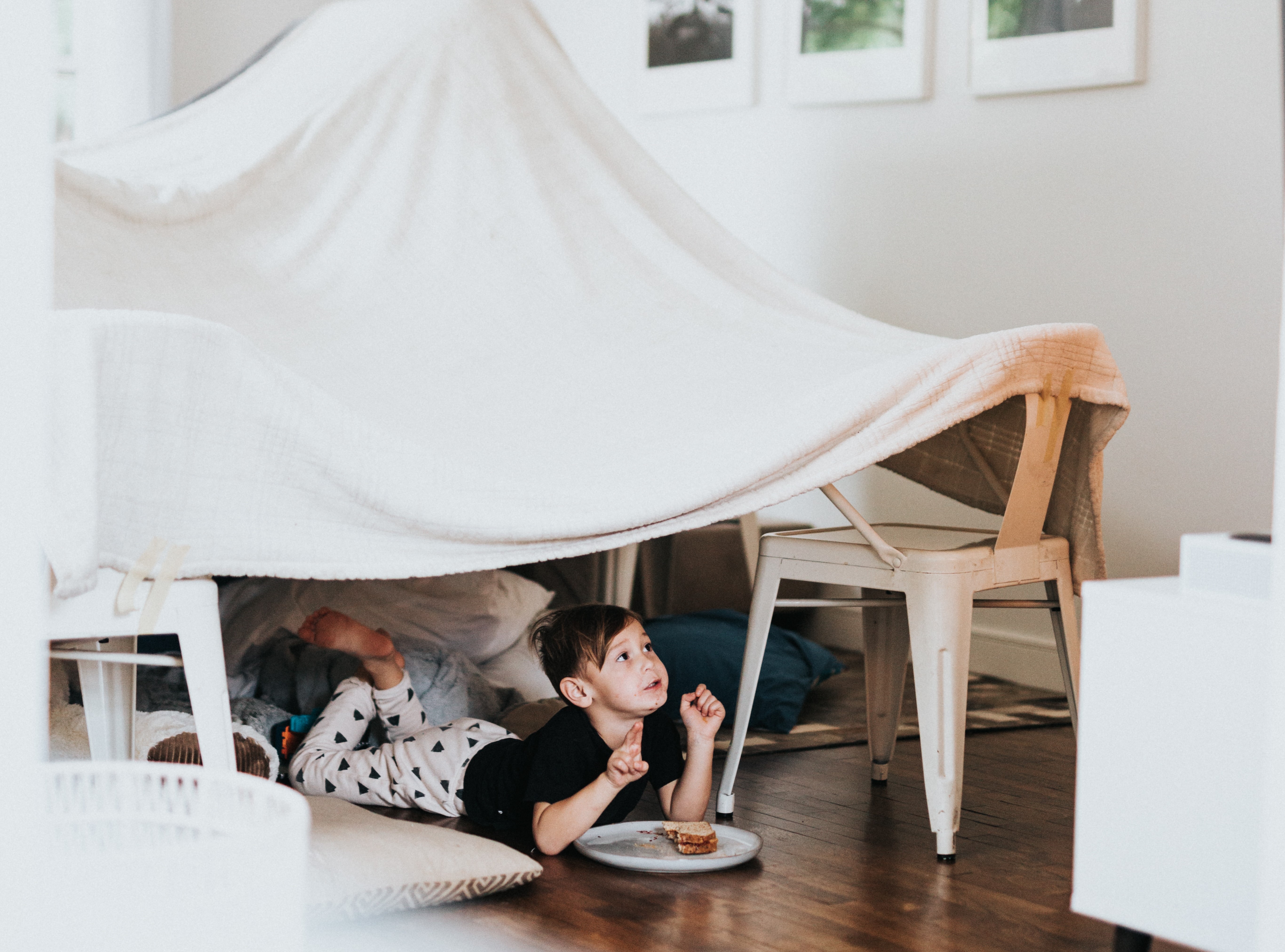It is often with torn emotions that parents support their toddler through the last nap transition, dropping that lunch time nap. It means that you’ll be able to do more activities in the day and not worry fitting in the nap, but it does mean that you might not get that short break in the day where you can take a moment to yourself or more likely, get the cleaning and meal prep done.
Dropping the nap typically happens around 2.5-3 years old, although I would encourage you to help your child to keep their nap for as long as possible! Some day sleep or at least a short rest will help them to manage right through until bedtime without becoming too tired, grizzly, or straight up loosing it before dinner time.
When you think it is time to say goodbye to the nap, instead of immediately dropping it you can begin to reduce the nap length. This is a good way of measuring how ready your child is to have no nap. If they do well with a shorter nap, then keep it at that reduced length until you think it’s time to cut it again.
There are a few signs that your child may be ready to begin reducing their nap. If your little one is around 2.5 years and you’ve started noticing them:
- waking earlier in the morning,
- taking far longer to settle down for their lunch nap,
- waking early from the lunch nap,
- taking longer to settle down at bedtime, or
- waking happily during the night for a long period of time,
then it may be time to shave 15-30 minutes off the nap and see whether that helps to bring things ‘back to normal’ for a while. Keep reducing the nap as you need to, until you are ready to cut it all together.
Another strategy is to introduce ‘quiet time’ once they have stopped napping. This could be 30-60 minutes of quiet activities like reading, doing puzzles or colouring in a calming place- perhaps their bedroom or a designated space in the house with cushions and a beanbag. Having a rest can help recoup and reenergise your child (and maybe do the same for you?!) This could be especially helpful if you have younger children at home who need your attention at the same time, or who are also napping and you can then keep the house quiet and calm.
There may be some days once they are down to no naps, where your little love is absolutely wiped out from a big morning of activities, a late night before, sickness or change in routine. If they need to take a short nap then let them do it, but think about how it may impact their night sleep. Keep it to an hour or so, and be prepared to have a slightly later bedtime that evening so their sleep pressure before bed builds enough to help them have a good, long night sleep.
Are you getting ready to navigate the final nap transition? Reach
out if you’d like some support to get through this stage, or would like to chat
about setting up a good sleep routine to support your child so they aren’t too
tired during the day. I’m here for you and your family!

